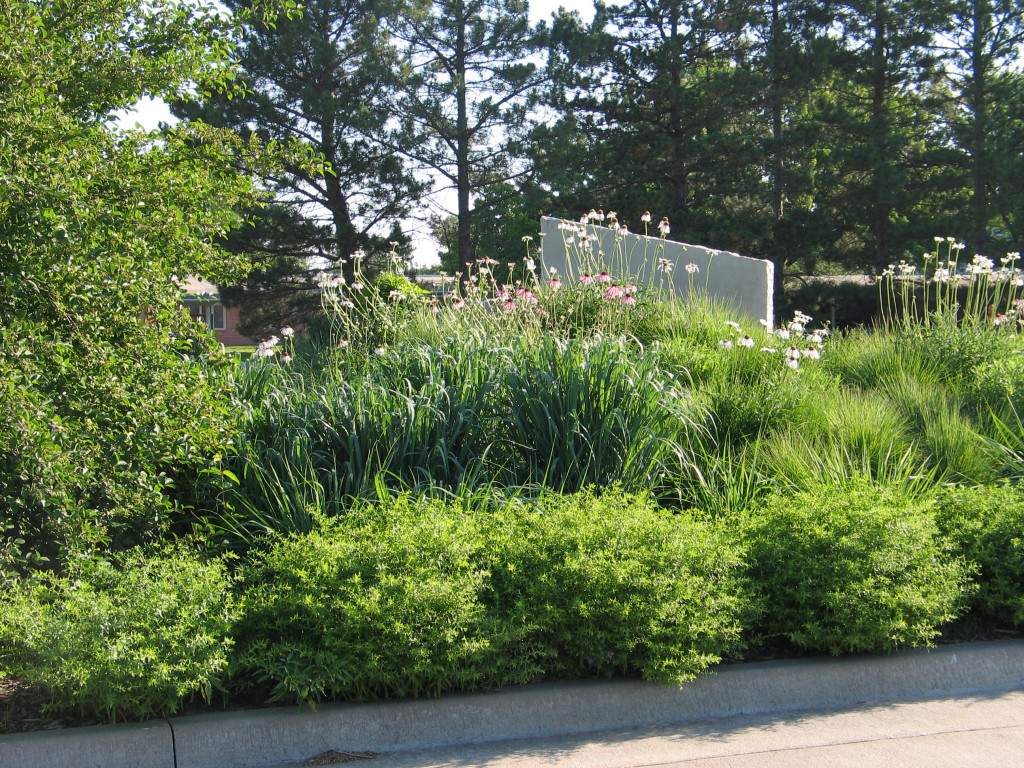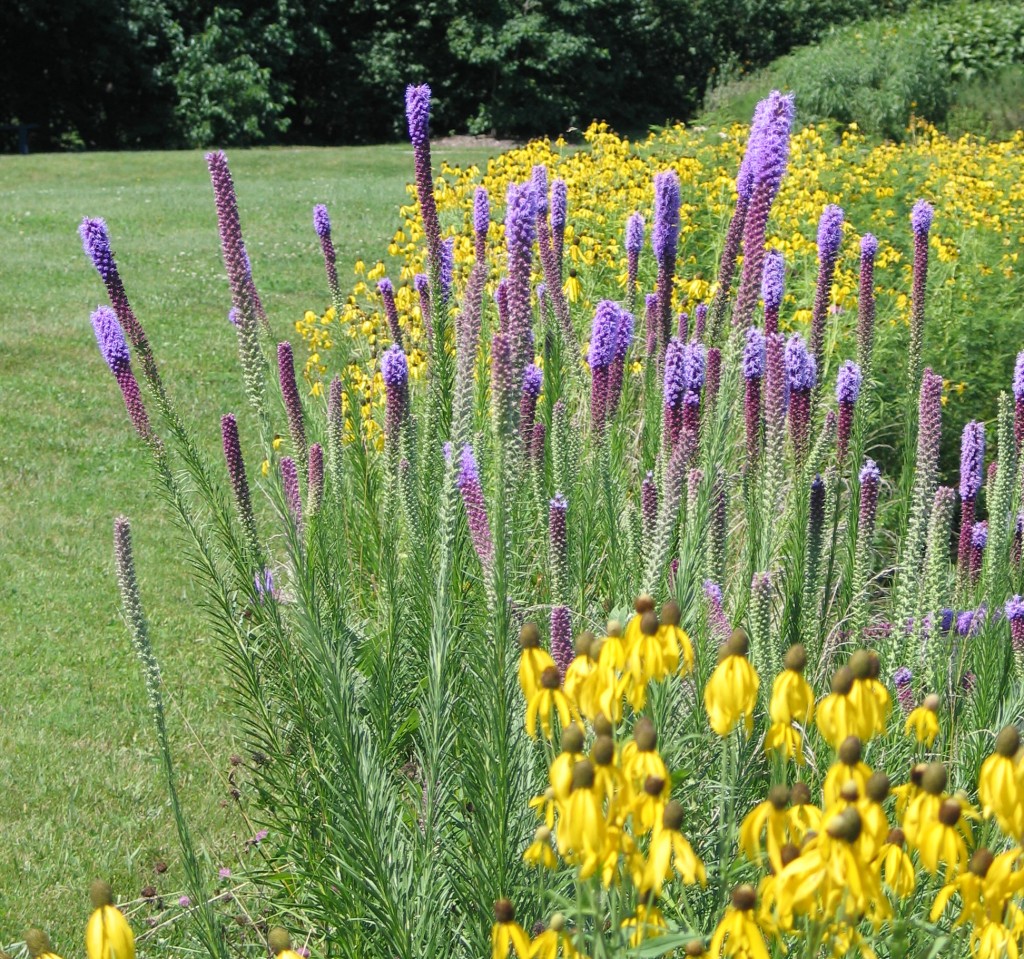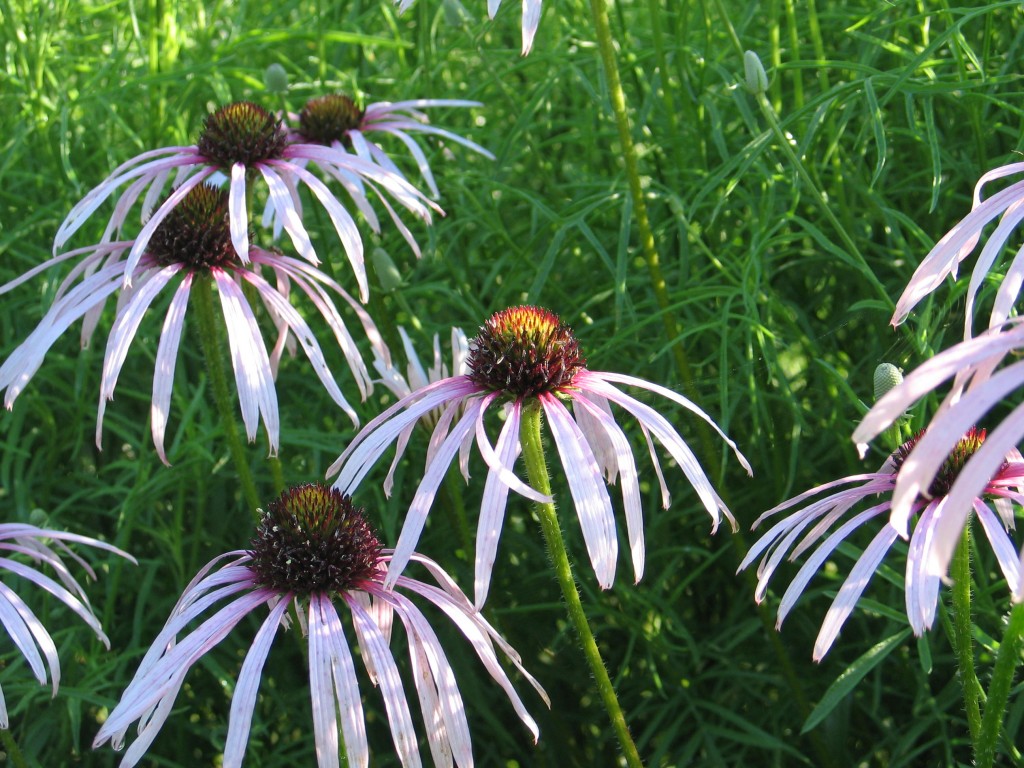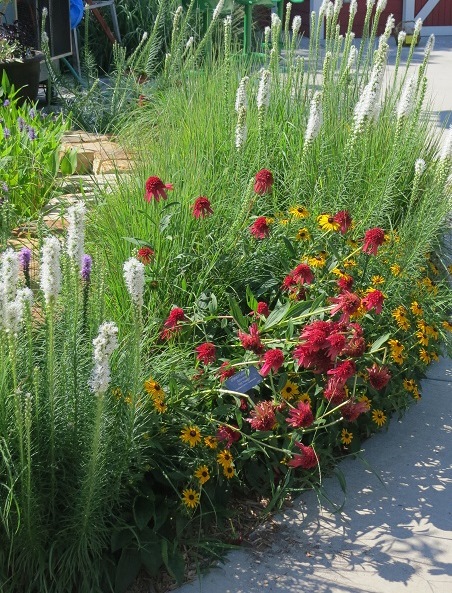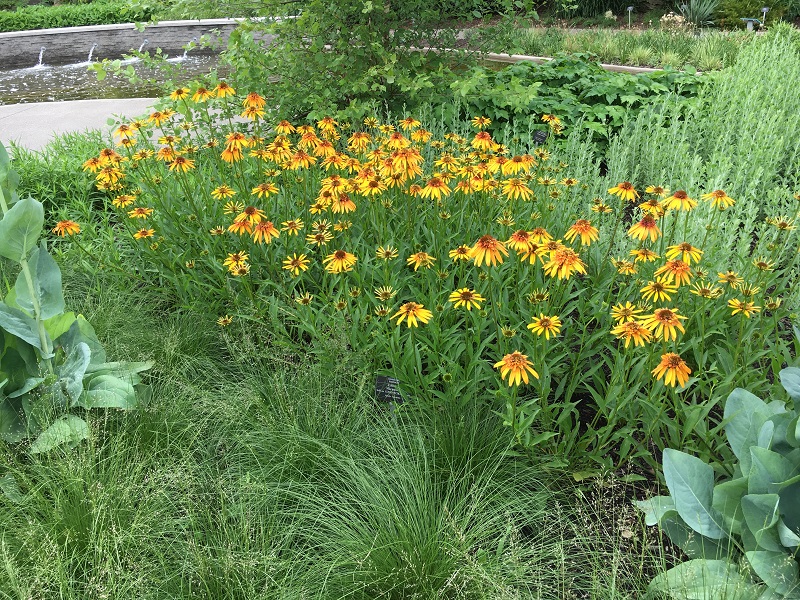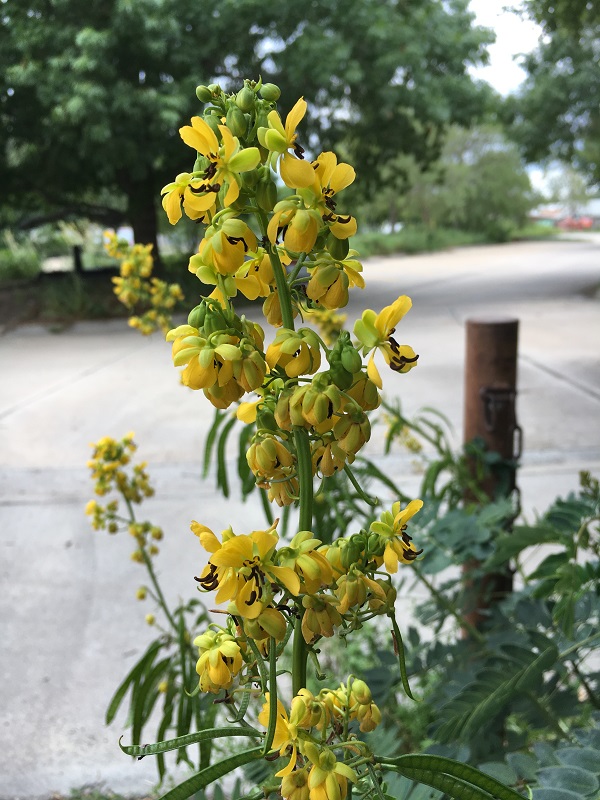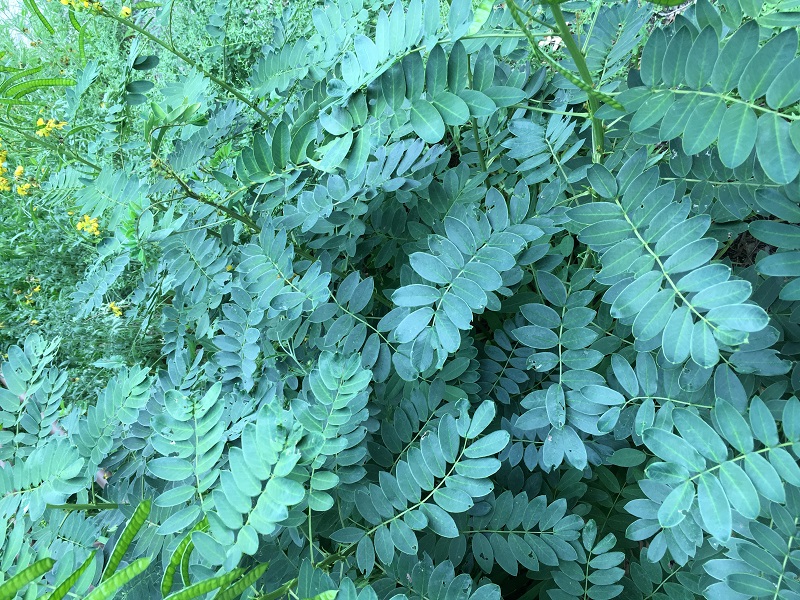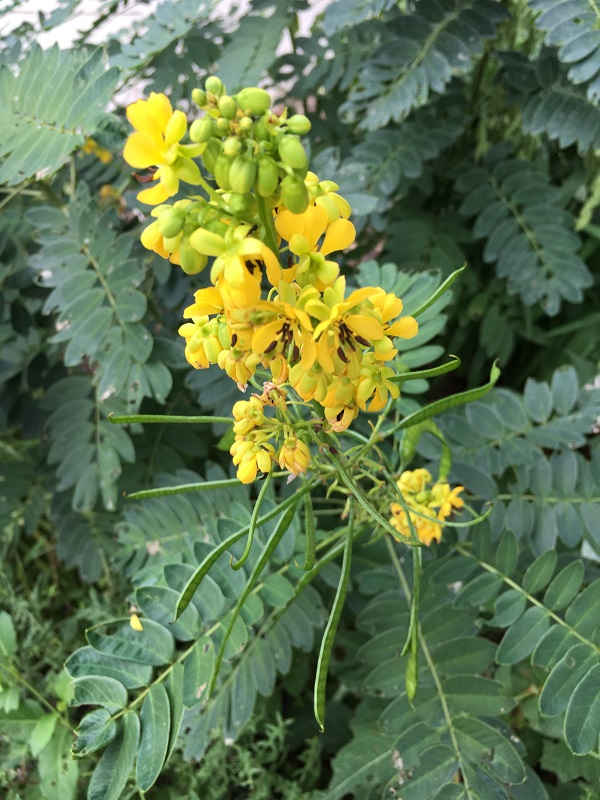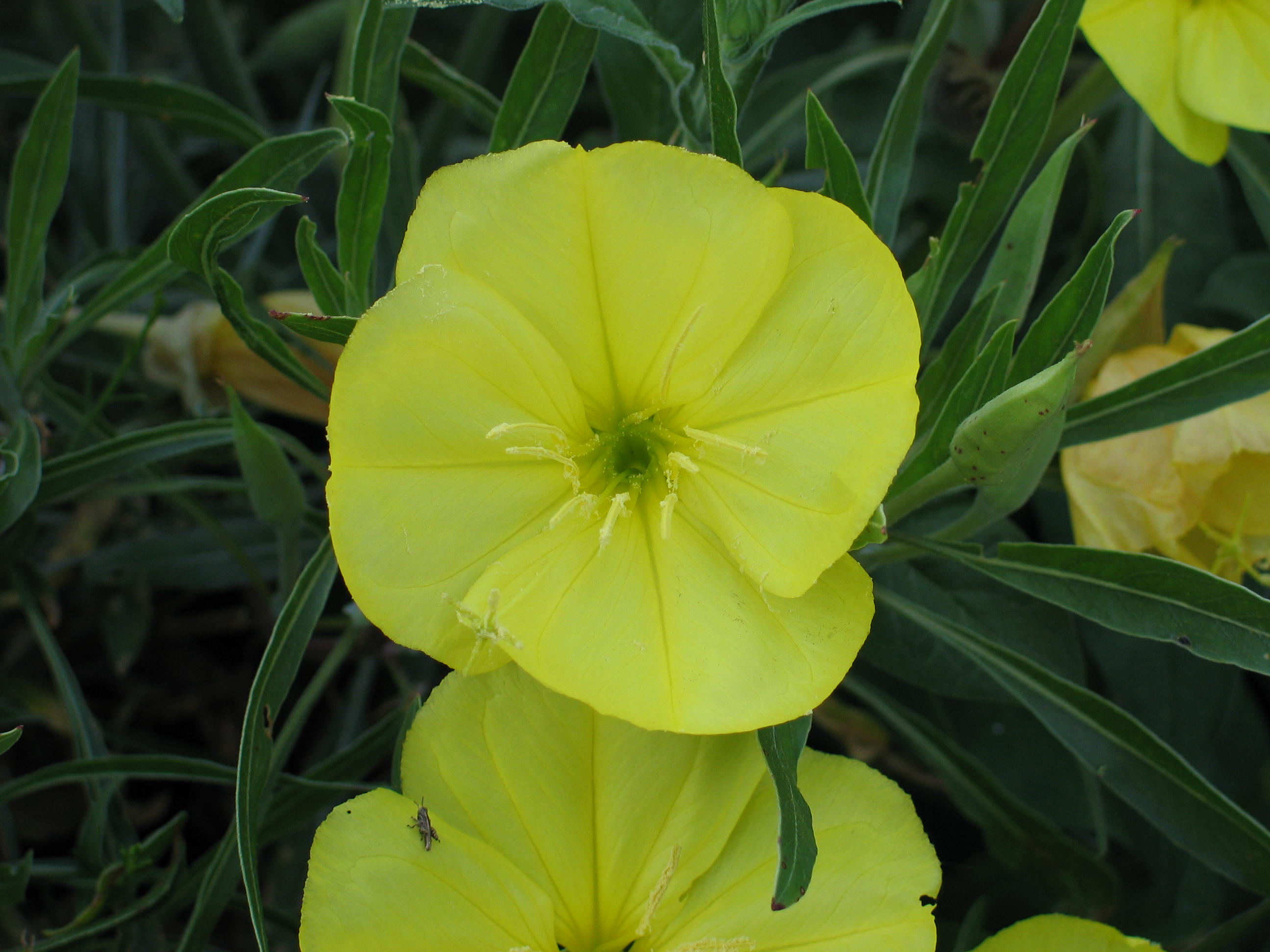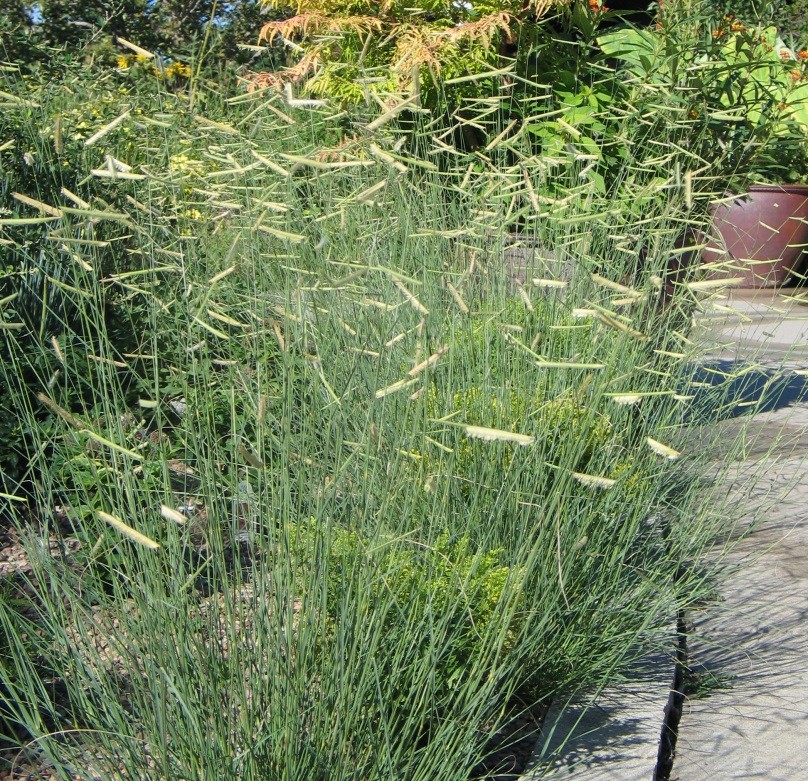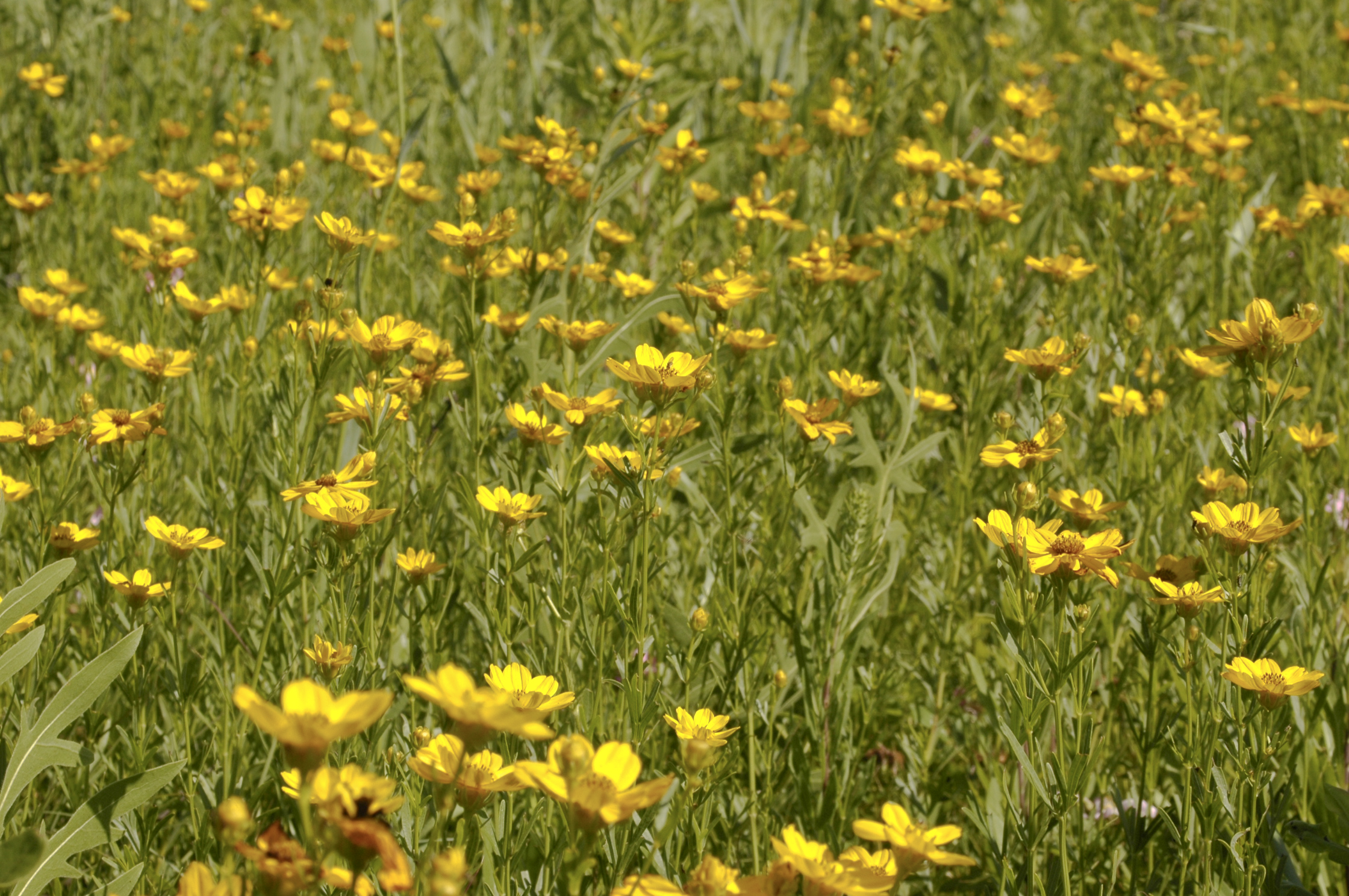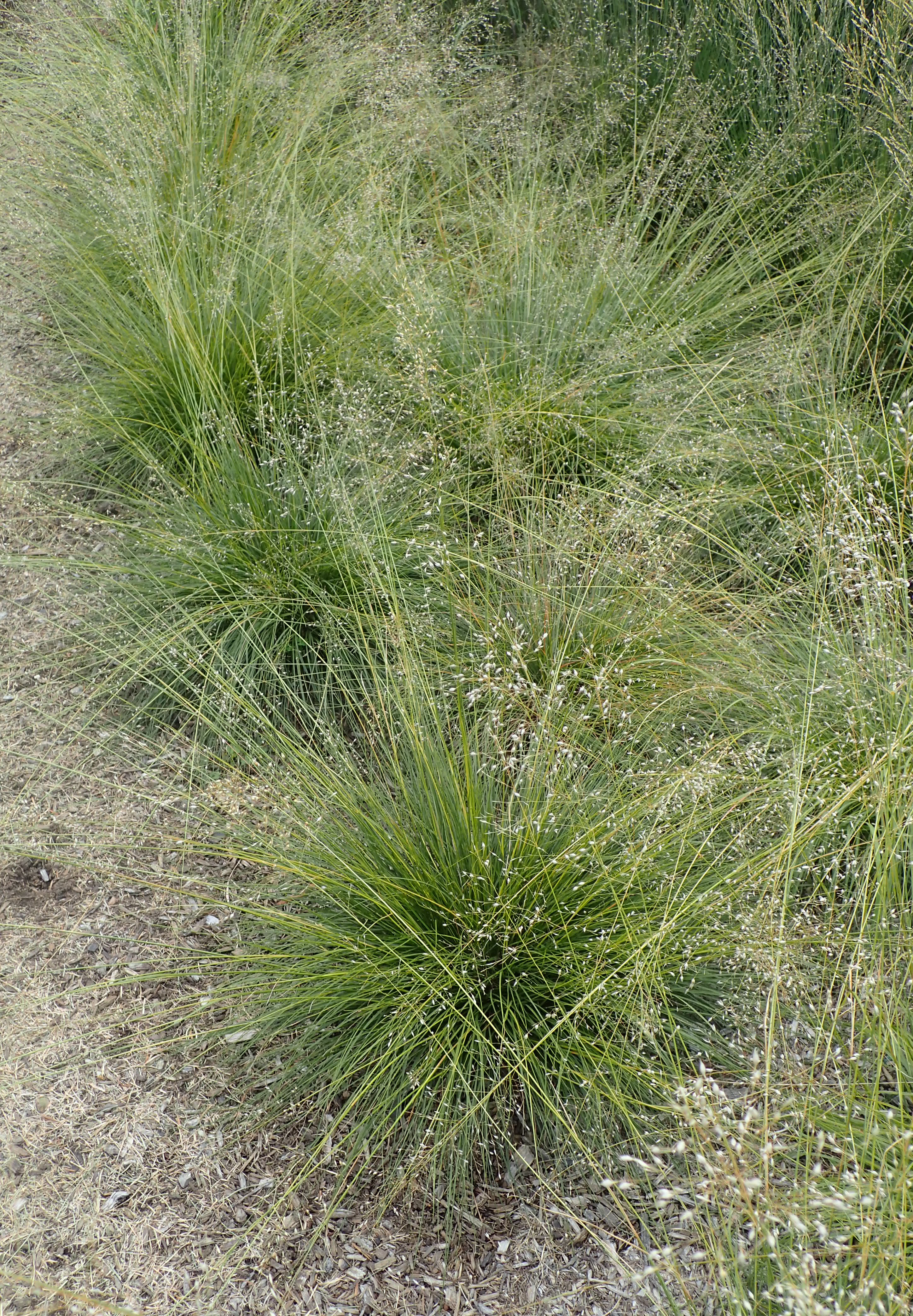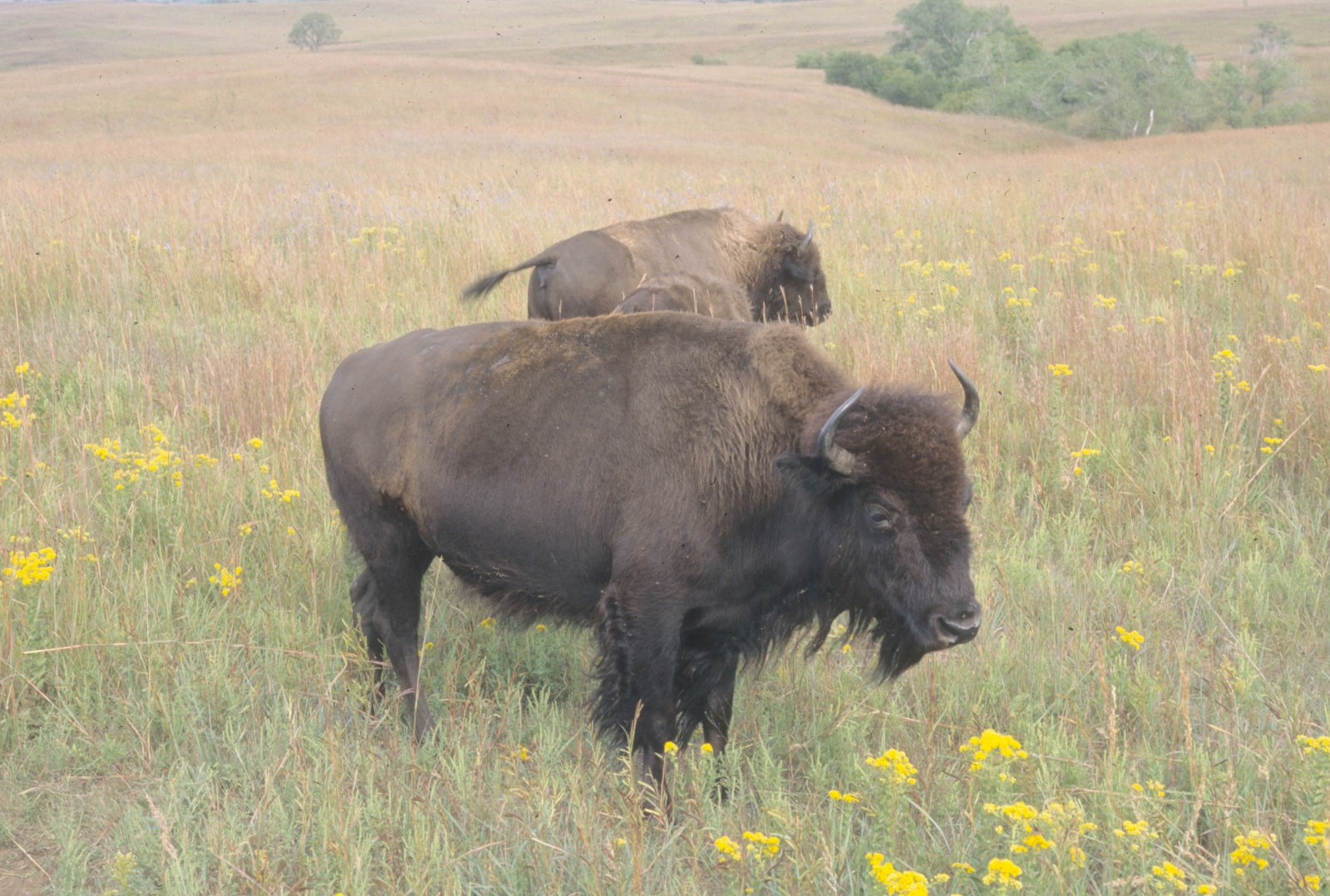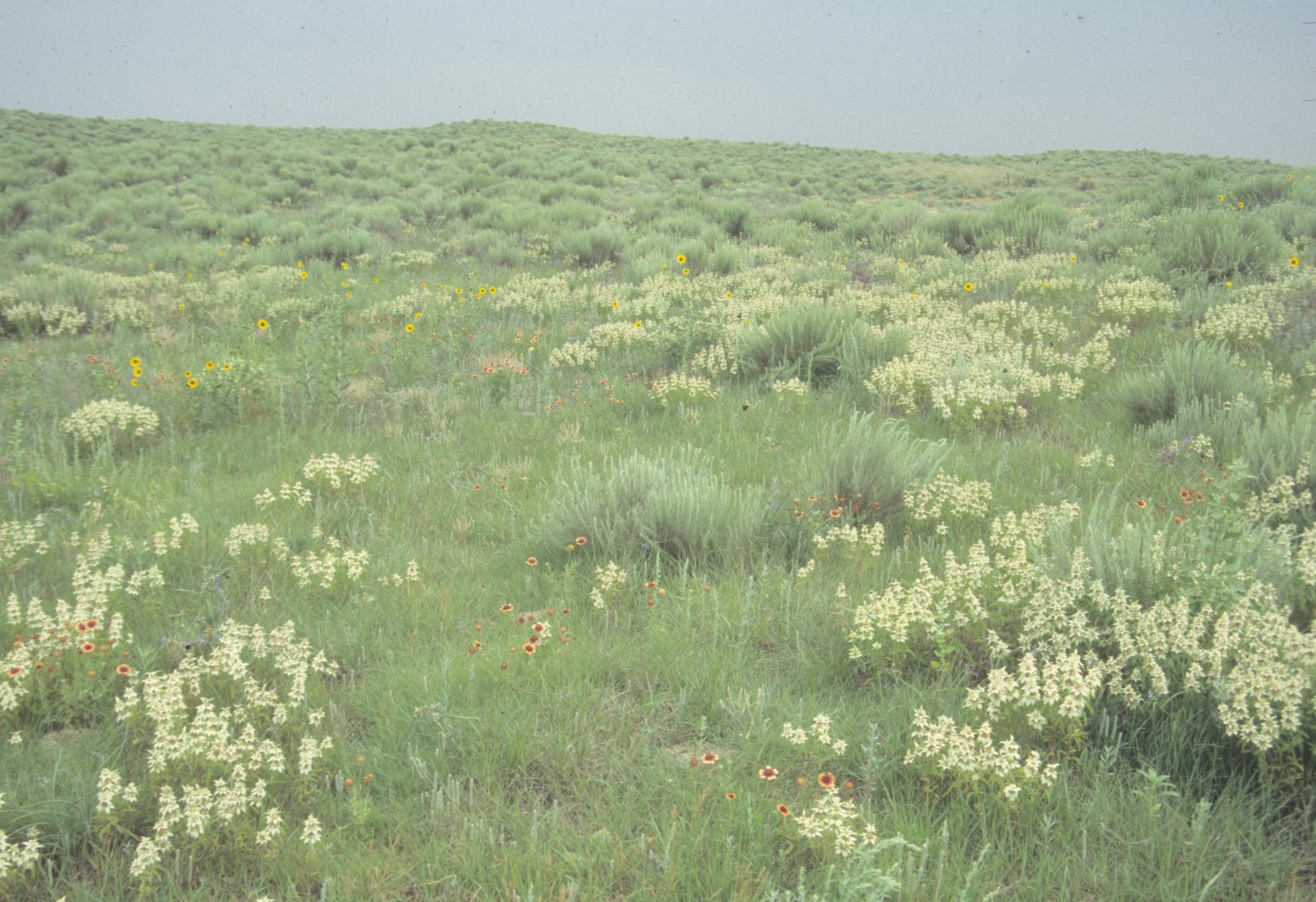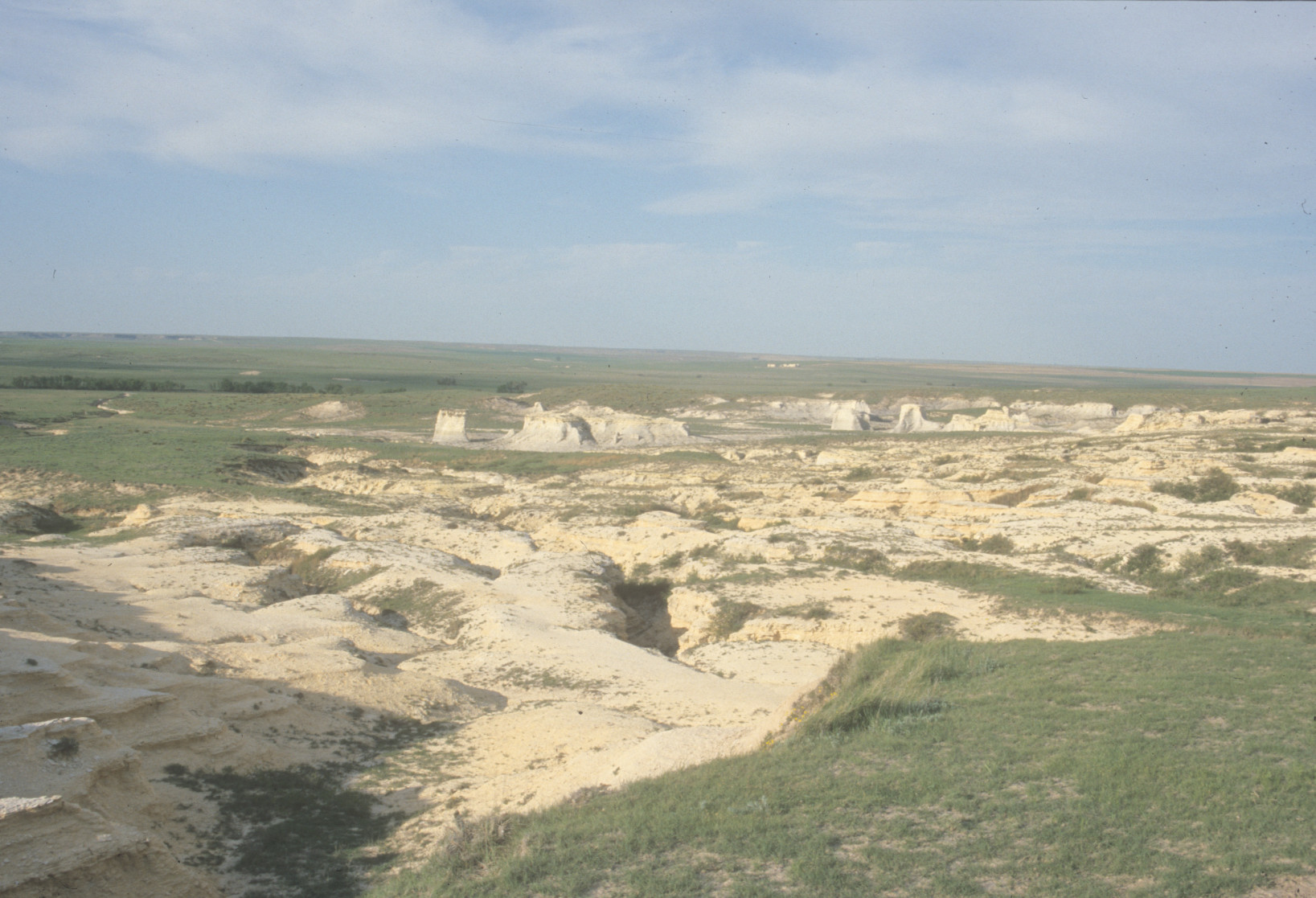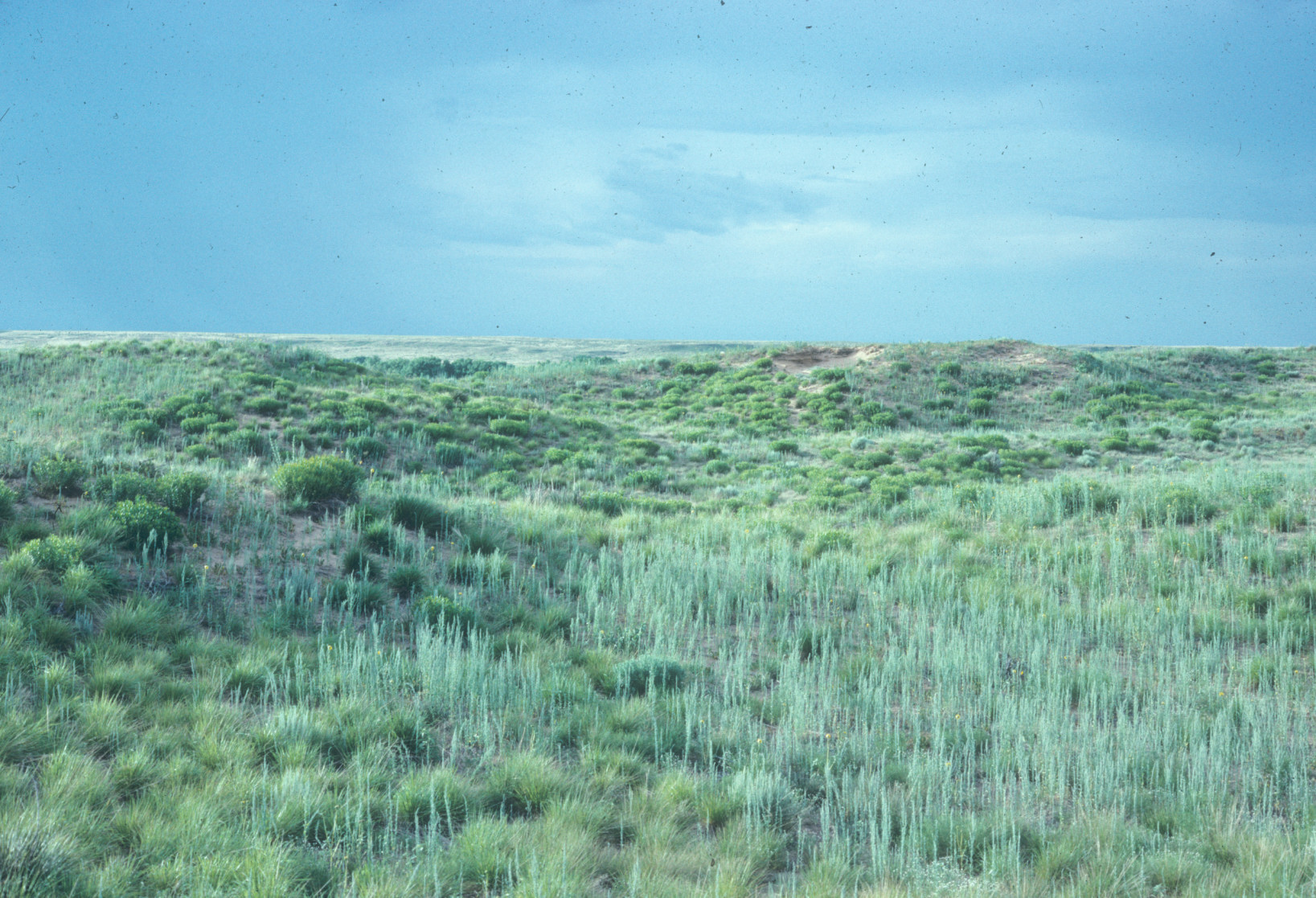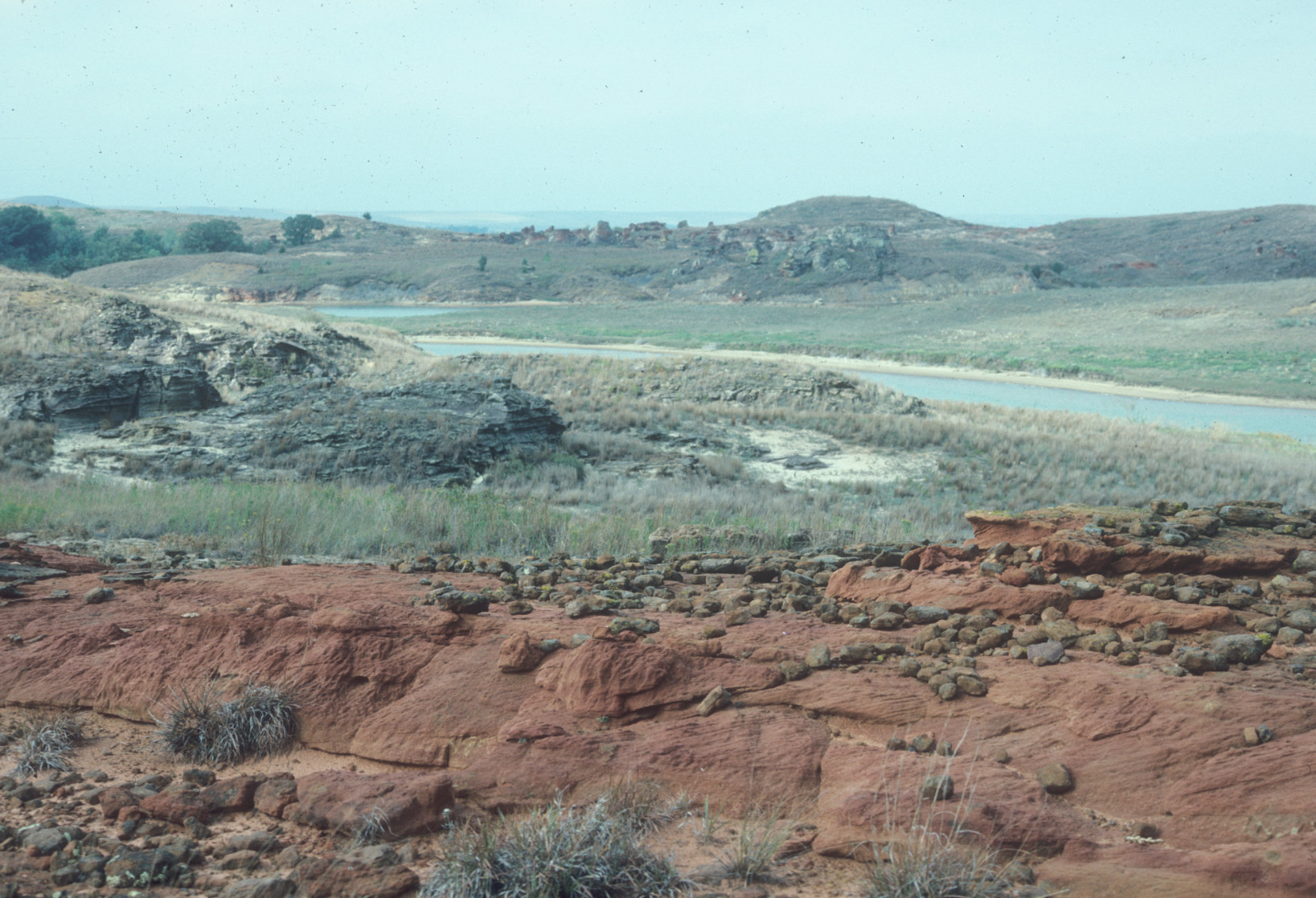One of the questions we get every year at the FloraKansas Native Plant Festival, is “why didn’t my ___ come back this year?” It is a great question. Every year at the Arboretum, we ask the same question with some of the plants we establish and want to grow. I wish there was a right answer for every situation and every scenario, but every landscape is unique. Here’s the hard truth that many gardeners don’t often want to hear: the key to native plant happiness lies in identifying this uniqueness and finding the right plants for your plot.
Match Plants to Your Site
Your landscape is a micro-climate all its own. The soil, sun exposure, orientation to your house, root competition from trees, and many other factors make your garden special. Even your neighbor overwatering their lawn can impact what plants grow best in your scene. There are hundreds of factors that relate to the happiness of your plants and whether or not they will thrive.
The most critical step when establishing your native plant garden is matching the plants with your site. Sometimes I want to try a certain plant in a certain spot that has no business being planted there. I have done it too many times to mention and the result is always the same. I am left holding the hand of a struggling plant that would be much happier someplace else. In the end, I either move it or lose it.
Do Your Homework
If we are honest, I think we have all planted before preparing. The wilting plant in the flower bed is a constant reminder to me that I didn’t do my homework. Look at your landscape. Is it sunny or in the shade? Is the soil clay or sand?
Become familiar with prairie plants that grow in similar situations and evaluate the elements that will impact their survival. Choose plants that will thrive in the micro-climate of your yard. Sun-loving native plants need at least 6 hours of direct sunlight to grow happily. If your flower bed receives less than 6 hours of sun, look at more shade-loving natives.
A thriving landscape begins with matching plants to your one-of-a-kind area. For a lower-maintenance garden, choose plants that occur in the same or similar prairie climates. Anytime you stray too far off, the plants don’t flourish and they require more effort to keep alive. Planting a swamp milkweed on a dry hill or a Missouri evening primrose in a bog will never work.
Learn From Your Mistakes
Good gardeners have lost their share of plants over the years, but what makes them good gardeners is that they learn from their mistakes. With lots of trial and error under their belts, they/we should make better choices…in theory at least.
Other design elements such as succession of bloom, patterns, year round interest, heights, and visual elements become less important when your plant is unhappy in its current location. You must get the right plants in the right place and the other elements will come much easier. A healthy garden begins with a connection to your landscape personally. As you watch and learn what your landscape needs and what it can sustain, you will be able to link the appropriate plants to the location. This important step in the design process allows you to spend more time enjoying and less time “working” in your garden. We all want that from our gardens.
Just one more thing…
Sometimes plants, through no fault of our own, defy all of the above-mentioned rules and simply don’t return. Even in the prairie, plants are ephemeral and rely on self-seeding to continue to grow in an area. As you become more familiar with native plants (and I’m still learning too), you will be able to identify these species. It is their nature to be short lived. True native coneflowers have this characteristic. They are worth planting, but may need to be supplemented with new plants from time to time to keep the area full.

